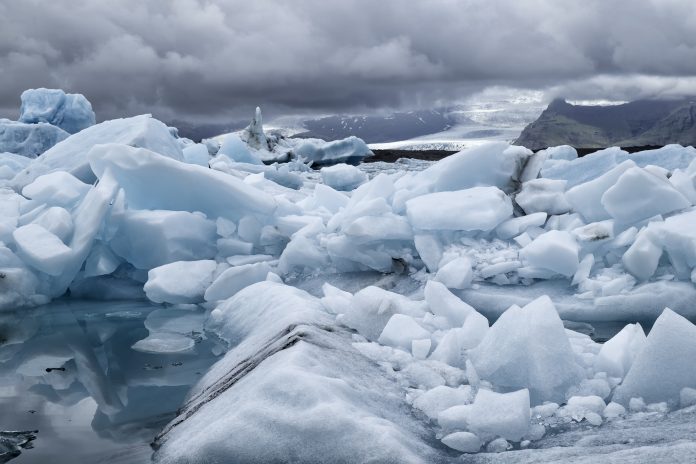A study led by the University of Arizona has revealed connections between Earth’s last ice age and future climate patterns, particularly concerning the El Niño phenomenon
Published in Nature, the research combines ancient marine data with climate modelling to forecast potential changes in El Niño behaviour as global temperatures rise.
El Niño’s impact on global weather
El Niño, characterised by periodic warming of Pacific Ocean surface temperatures, profoundly impacts global weather. Its erratic cycles can trigger devastating droughts, floods, and other extreme weather events, disrupting ecosystems and societies worldwide.
“El Niño is a formidable force of nature” emphasised Kaustubh Thirumalai, co-lead author of the study and assistant professor at the University of Arizona’s Department of Geosciences. “It induces droughts, floods and wildfires, disrupting marine and terrestrial ecosystems across the planet, with pervasive societal impacts across numerous sectors, from agriculture to the aviation industry,”
The study looked into the Last Glacial Maximum, approximately 20,000 years ago, when massive ice sheets covered a lot of North America and Europe.
By employing advanced climate models like the Community Earth System Model, researchers simulated climatic conditions from the Earth’s last ice age to the present. This model, developed in collaboration with the National Center for Atmospheric Research, enabled scientists to explore how El Niño variability might have evolved over millennia.
To validate their simulations, the team turned to microscopic marine organisms called foraminifera. These creatures, whose shells preserve ocean temperatures from their time of life, were retrieved from seabed sediments. By analysing these shells alongside model predictions, researchers discerned a striking pattern: during the Last Glacial Maximum, El Niño variability was notably lower than today.
“So, addressing what might happen to El Niño is a key priority for climate science,” explained Thirumalai. This outcome could worsen weather disruptions globally, impacting everything from agriculture to infrastructure planning.
Climate resilience strategies
The study’s approach highlights past climate dynamics but also stengthern’s confidence in future climate predictions. “If it can accurately simulate past climate changes, it’s more likely to give us reliable predictions about future changes in the El Niño system,” Thirumalai noted.
Insights from Earth’s distant past provide an important roadmap for climate resilience strategies. By using data from millennia-old oceanic archives, scientists can refine strategies to mitigate the impacts of future El Niño events.
While the study shows the severity of potential climate disruptions, it also offers a ray of hope through informed climate action. With historical insights, researchers are better equipped to navigate the complexities of a warming world and protect vulnerable ecosystems and communities.











